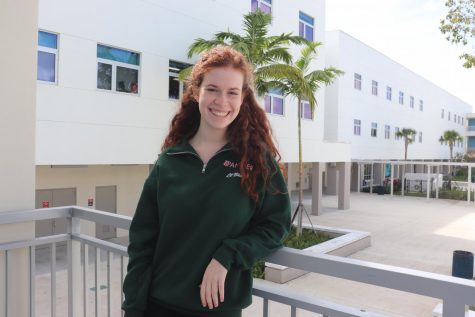Daylight Savings: Stop Fall Back, Save Spring Forward
November 5, 2020
Daylight savings begins during “spring forward,” a time in early spring when people lose an hour of sleep for one day but gain an extra hour of daylight for approximately half of the year. In fall, however, daylight savings ends, plunging the country into darkness an hour early. While the creation of daylight savings gives us spring forward, the time in the spring should be the default, not the conditional. The U.S. should make spring time the constant time, granting the American people an extra hour of daylight.
For many in the U.S., the feelings of sadness that accompany the winter months are more than just sadness. The change to the cold winter, often startling, contributes to what some call “seasonal depression,” the concept that feelings of sadness and anxiety increase when the days get shorter, colder and darker. Though an extra hour of daylight does not purport to end this winter sadness, it could help by eliminating some of that perpetual darkness that generates feelings of despair.
Keeping daylight savings time but eliminating fall back increases people’s exposure to natural light, a healthier alternative to artificial light. According to Time and Date, changing the clock can disrupt circadian rhythm, which harms the human body. Keeping everyone on one clock for an entire year would benefit most people.
Similarly, the extra hours of daylight keeps the country safer. Attacks are easier at night, under the cover of darkness, and an extra hour of daylight helps people to maneuver around easier. Driving at night poses an additional risk to drivers, and an extra hour of daylight could help lower the number of car accidents.
Changing the clock twice a year is an annoying disruption. But, it does not have to be this way. Keeping the clock at daylight savings the entire year removes disruption, promotes safety and increases happiness.







